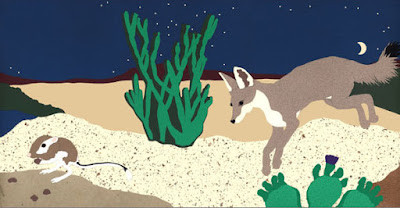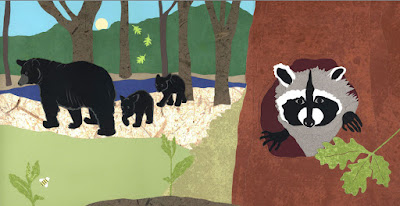You can make a mold of a living object. It will be similar to a real fossil.
You will need:
1. a small paper or plastic cup
2. wet sand
3. a small object such as a seashell, nut or leaf (it must fit in the bottom of the cup)
4. plaster of Paris (you can get this at a hardware store or hobby shop)
5. water
6. spoon
7. bottom half of a milk carton
8. newspaper
Spread out the newspaper to catch anything that might spill. Put wet sand into the cup until it is about half full. Pat the sand firmly into place.
Carefully press your object into the surface of the sand. Lift it out. You should be able to see an impression of the shape of your object in the sand.
Put about a cup of dry plaster of Paris in the milk carton. Add water and stir until the mixture is about the thickness of heavy cream. (Add water a little bit at a time until you have enough.) Make sure that there are no lumps in your plaster of Paris mixture.
Pour the plaster of Paris mixture into the cup. Leave it for an hour or so to harden. When it is hard, peel away the paper cup and throw away the sand. You will see the shape of your object in the plaster.
You made your fossil in a few hours. In the Earth, it takes thousands of years for fossils to form
You can read about real fossils and their living counterparts in my new book
LIVING FOSSILS: Clues to the Past.


















